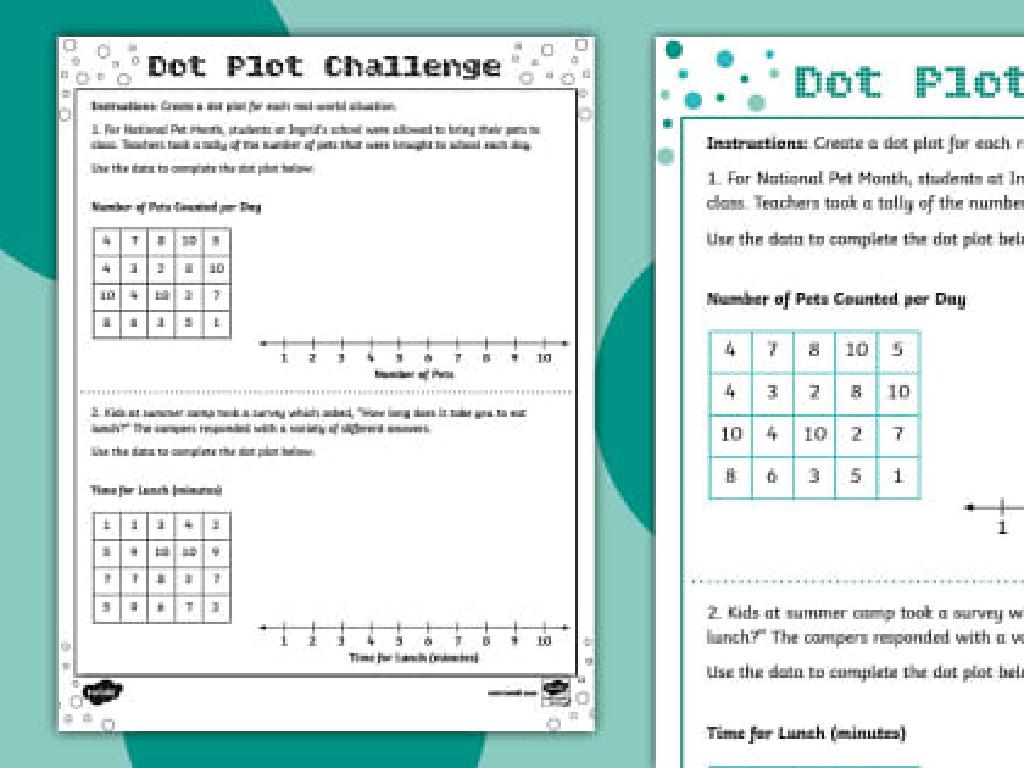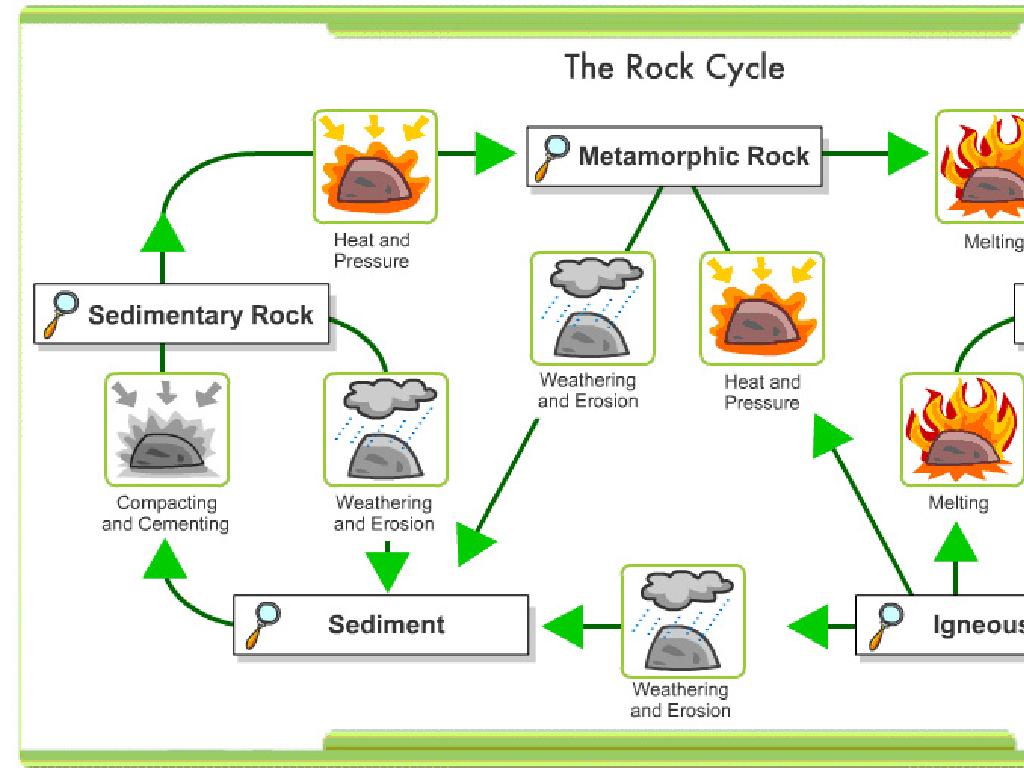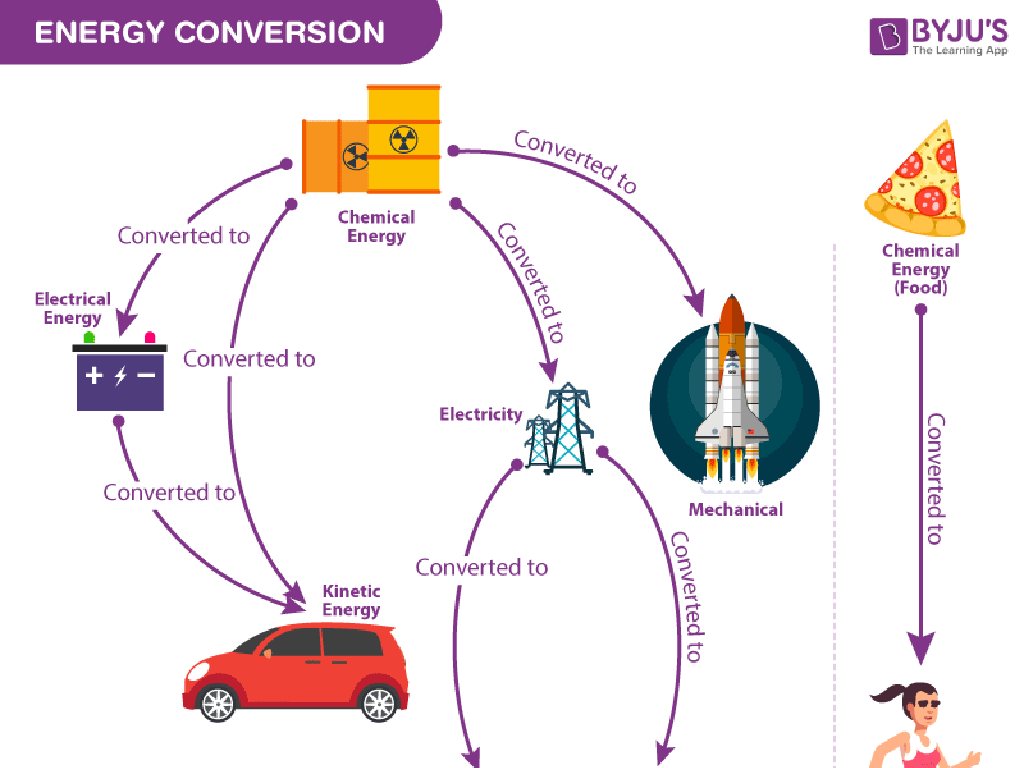Correct Capitalization Errors
Subject: Language arts
Grade: Seventh grade
Topic: Capitalization
Please LOG IN to download the presentation. Access is available to registered users only.
View More Content
Mastering Capitalization: Spot & Fix Errors
– Grasp capitalization significance
Capitalization helps convey respect and proper nouns.
– Today’s goal: Fix capitalization errors
– Capitalize proper nouns & beginnings
Always capitalize the first word of a sentence and names.
– Practice with sentences & paragraphs
We’ll correct errors in different examples together.
|
This slide introduces the concept of capitalization and its importance in written English. Emphasize to students that proper capitalization is crucial for clarity and shows respect for people and places. Today’s lesson will focus on identifying and correcting common capitalization errors. Students should understand that the first word of every sentence, proper nouns, titles, and significant words in titles should always be capitalized. Provide various sentences and short paragraphs for students to practice their skills. Encourage them to explain why certain words need capitalization to reinforce learning.
Mastering Capitalization
– Understanding capitalization
– Capitalization is using big letters at specific places.
– When to use uppercase letters
– Begin proper nouns, sentences, titles, and more with uppercase.
– Capitalization improves readability
– It separates sentences and highlights specific words.
– Practice capitalization rules
|
This slide introduces the concept of capitalization, which is a fundamental aspect of writing in English. Capitalization involves using uppercase letters at the beginning of sentences, proper nouns, and titles, among other specific instances. It serves as a visual cue to readers, helping them to parse and understand the structure of the text. Emphasize the importance of capitalization in making writing clear and professional. Provide examples of proper capitalization and common errors. Encourage students to practice by identifying and correcting capitalization mistakes in provided sentences or passages.
Capitalization Rules
– Capitalize sentence beginnings
– Capitalize names and titles
– For example: Dr. Smith, Aunt May
– Capitalize days, months, holidays
– For example: Monday, July, Thanksgiving
– Capitalize specific places
– For example: Mount Everest, Oxford University
|
This slide aims to reinforce the fundamental rules of capitalization. Students should understand that the first word of every sentence needs a capital letter. Emphasize the importance of capitalizing proper nouns, which include people’s names and titles, to show respect and formality. Explain that while days, months, and holidays are capitalized, seasons are not unless part of a title. Lastly, stress that specific places and institutions are capitalized because they are proper nouns. Provide examples for each rule and encourage students to correct sentences with capitalization errors as practice.
Identifying Capitalization Errors
– Capitalize sentence beginnings
– Proper nouns need capitals
– Names of people, places, brands should start with a capital letter
– Months, days, holidays in caps
– Always capitalize names like January, Monday, or Thanksgiving
– Practice spotting errors
|
This slide aims to help students identify common capitalization errors. Start by explaining that every sentence should begin with a capital letter. Emphasize the importance of capitalizing proper nouns, which include specific names of people, places, and brands. Additionally, months of the year, days of the week, and holidays are always capitalized. Provide examples of each and then have students practice by finding and correcting capitalization errors in sample sentences. Encourage them to explain why each capitalization is necessary, reinforcing their understanding of the rules.
Correcting Capitalization Errors Together
– Correct a paragraph as a class
– Identify each capitalization error
– Find errors in names, places, and start of sentences
– Explain reasons for corrections
– Understand rules like capitalizing proper nouns and sentence starts
– Discuss the importance of proper capitalization
– Learn how capitalization provides clarity in writing
|
This slide is designed for an interactive class activity focused on capitalization. The teacher will present a paragraph with capitalization errors and guide the class through correcting it. Students will identify each error and discuss the reasons behind the corrections. Emphasize the rules of capitalization, such as starting sentences with a capital letter and capitalizing proper nouns. Discuss why capitalization is crucial for clarity and understanding in writing. This activity will help students recognize common mistakes and understand the importance of following capitalization rules. Prepare a paragraph with various capitalization errors beforehand and consider having different students explain each correction to involve the whole class.
Practice Time: Capitalization Corrections
– Individual error correction task
– Correct capitalization errors in the provided handout
– Pair up for comparison
– Compare your answers with a peer and note any discrepancies
– Discuss differences in answers
– Discuss why your answers may differ and what the correct capitalization should be
– Reflect on the capitalization rules
– Think about the rules that apply to the corrections you made
|
This slide is designed for an interactive class activity focused on capitalization. Students will first work individually on a handout with sentences that contain capitalization errors. After completing the task, they will pair up with a classmate to compare their corrections, fostering peer learning and discussion. Encourage students to understand the reasoning behind the correct capitalization, reinforcing the rules they’ve learned. As a teacher, facilitate the discussion by asking questions and guiding students towards the correct answers. This activity will help solidify their understanding of proper capitalization in a collaborative and engaging way.
Class Activity: Capitalization Challenge
– Create a story with capitalization errors
– Swap stories with another group
– Correct the errors in the swapped story
Look for errors in proper nouns, beginnings of sentences, and titles.
– Discuss all corrections as a class
|
This activity is designed to engage students in a practical exercise to identify and correct capitalization errors. Divide the class into small groups and instruct each group to write a short story, intentionally including several capitalization mistakes. After completing their stories, groups will exchange their work with another group and work on identifying and correcting the capitalization errors. This peer review process not only reinforces the rules of capitalization but also develops editing skills. Once the activity is complete, bring the class together to discuss the corrections made, highlighting common mistakes and the importance of proper capitalization in writing. Provide guidance and clarification as needed during the discussion. Possible variations of the activity could include focusing on specific types of capitalization rules, such as capitalizing days of the week, months, holidays, or the first word in a quotation.
Capitalization: Conclusion & Homework
– Recap capitalization rules
– Importance of correct capitalization
Proper capitalization makes writing clear and professional.
– Homework: Write a letter
Pen a letter to a friend using all the capitalization rules we’ve learned.
– Focus on capitalization in your letter
Pay special attention to names, places, and the start of sentences.
|
As we wrap up our lesson on capitalization, it’s crucial to remind students of the key rules we’ve covered. Emphasize the importance of using capitalization correctly as it affects the readability and professionalism of their writing. For homework, students are tasked with writing a letter to a friend, which will give them a practical opportunity to apply the capitalization rules in a personal context. Encourage them to be mindful of capitalizing proper nouns, the first word of sentences, and any titles or headings. This exercise will help reinforce their understanding and provide a real-world application of the concepts learned in class.






